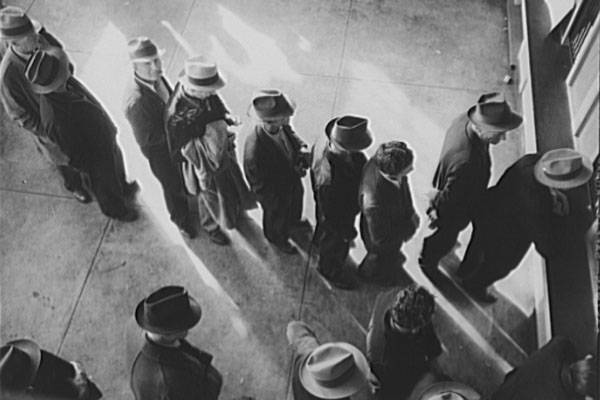I thought unemployment was raised and lowered by the answers from people who were surveyed. But CBS seems to think that's not how it's done.
it rises or is lowered by the answers from the survey right?
Weekly jobless claims edge up - CBS NewsApplications have trended lower in the past two months, indicating companies are laying off fewer workers and hiring is picking up. When applications fall consistently below 375,000, it generally suggests hiring is strong enough to lower the unemployment rate.
it rises or is lowered by the answers from the survey right?




